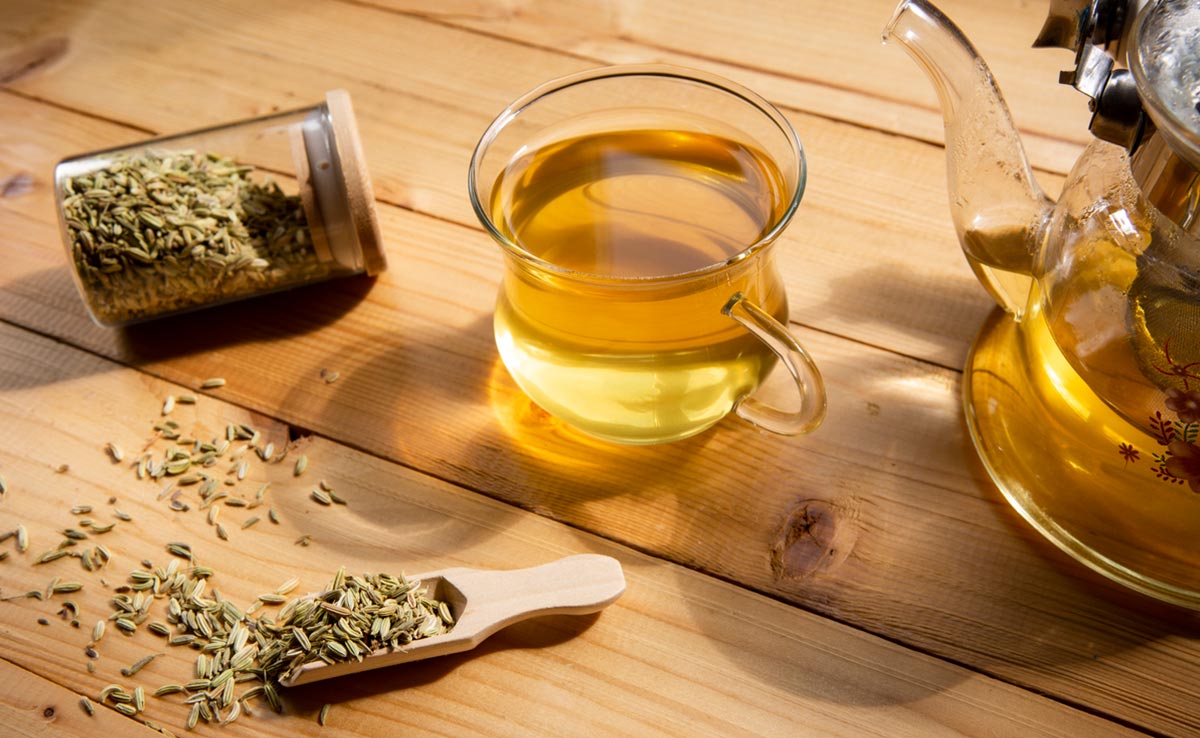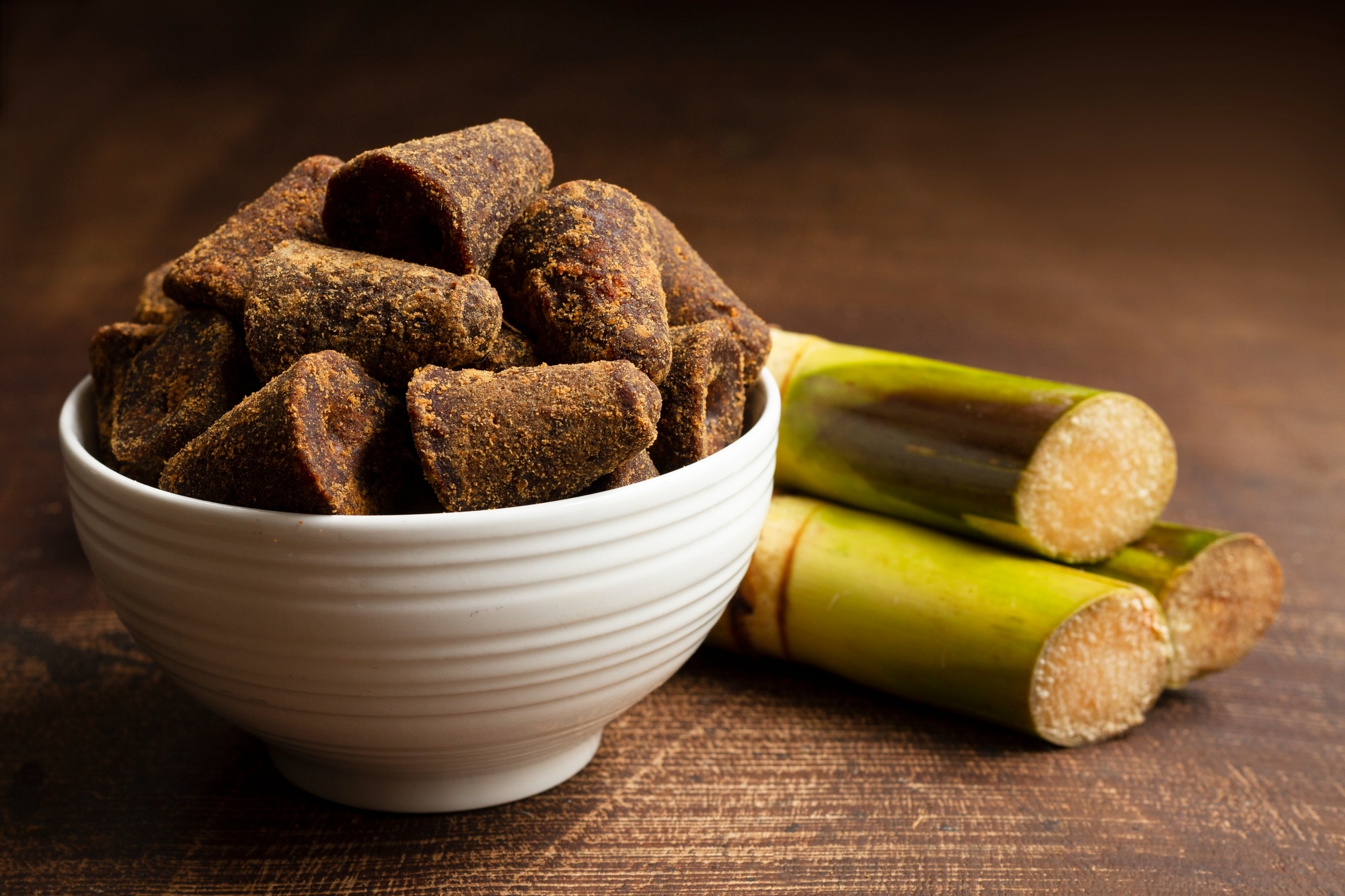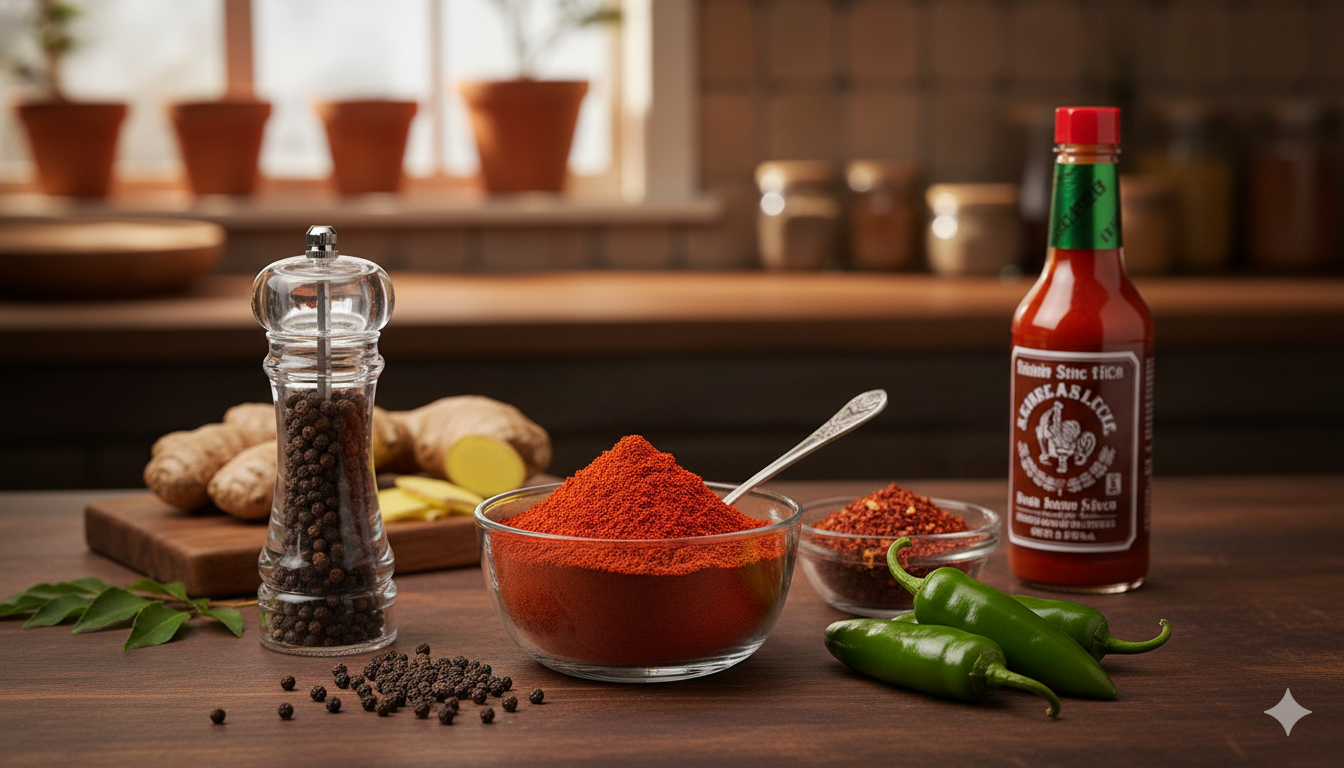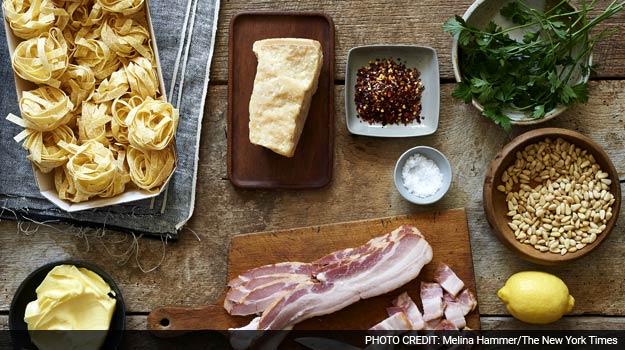When I cooked only to please myself and one or two other consenting adults, choosing recipes was a breeze. Nothing was off limits. Dishes with olives, stinky cheeses, bitter greens and mushrooms — sometimes all of the above — were on regular rotation. Then I began cooking for kids (picky, omnivorous and otherwise). With them came their nut-allergic friends, vegan guitar teachers and chili-fearing in-laws. Forced to adapt my NC-17 cooking style to a G-rated audience, I paged through cookbooks in search of “crowd pleasers” that proved elusive.Eventually, I realized that the quest for a perfect recipe that pleases everyone at the table, including oneself, was fruitless.But in the process, a workaround solution emerged: recipes that could be configured to produce many different dishes at one meal. Like Transformers or fantasy football teams, these meals are both modular and complete, constructed from parts that can be added or subtracted from at whim.
Suddenly, my weeknight repertoire increased exponentially. It’s easier on the cook when the week assumes a familiar pattern — pasta one night, a main-course salad another night, beans on a third — but to prevent boredom, the dishes themselves needn’t be exactly the same. (Unless, of course, the culinary conservative in your household demands otherwise.)Just like taco night or baked-potato night, the meal starts with a base element: pasta, beans, fluffy greens. After that, it’s about piling on, or politely passing along, the garnishes.The definition of a garnish may need some stretching: This is not a shy sprinkling of parsley or a scattering of sesame seeds. The garnish that makes a meal must be full-throated and filling. Half of a ripe avocado is a garnish. Likewise, a soft-yolk egg (boiled, poached or fried). Bacon lardons, shredded chicken and diced steak. Crushed chilies and leftover roasted vegetables. With enough garnishes, even the plainest of plain foods — pasta with butter and cheese — can balloon into a lively meal.Dishes like this are adaptable to many life stages, like the children’s furniture systems that supposedly allow you to turn a crib into a bed, then into a desk, and finally into a pair of chic reading glasses. But the building-block system cannot always be contained in a straightforward recipe: Much of the action happens at the table.These are my back-pocket dinners that lend themselves to this approach:— Buttered pasta with grated cheese; lemon zest; pine nuts cooked in butter; bits of bacon or pancetta; crushed chilies; parsley.— Vegetarian chili with crumbled queijo fresco or feta; cilantro; toasted tortillas or crushed chips; sour cream; pulled or roasted pork; cooked rice or whole grains; salsa.— Cold sesame noodles with thinly sliced cucumbers, carrots, cabbage, scallions and bell peppers; sriracha or sambal; poached chicken or shrimp; cilantro leaves; crushed peanuts.— Latin-style yellow rice and beans with chorizo; fried eggs; sliced avocado; leftover roasted potatoes, sweet or white; hot sauce mixed with minced scallions.— Minestrone soup with a dollop of pesto; shaved Parmigiano-Reggiano; chopped drained fresh tomatoes; toasted sesame bread for dipping.— A mix of fluffy salad greens with halved cherry or grape tomatoes; batons of red bell pepper, cucumber or fennel; toasted Marcona almonds; lardons of bacon or diced cooked steak; poached or hard-boiled eggs; leftover roasted vegetables; baguette croutons.———Recipe:Pasta With Bacon, Cheese, Lemon and Pine NutsTime: 30 minutesYield: 4 to 8 servings8 ounces thickly sliced bacon, cut across into pieces about 3/4-inch wide1 to 1 1/2 cups freshly grated Parmesan, in a small serving bowlAbout 1/3 cup chopped parsley, scallions or mint, in a small serving bowlHot red pepper flakes, in a small serving bowl1 large lemon1 1/2 to 2 pounds pasta4 to 8 tablespoons unsalted butter (1/2 to 1 stick)1/3 cup pine nutsCoarse salt, such as Maldon1. Put a large pot of salted water on to boil. Put the cheese, herbs and red pepper flakes on the table. Zest the lemon and put the zest on the table in a small serving bowl. Cut the lemon in half.2. Put bacon in a medium-size heavy pot and turn the heat on low. Cook, turning occasionally, until fat has rendered and bacon is chewy-crisp, about 10 minutes. Lift out bacon pieces and drain on a plate lined with paper towels. Keep warm on top of the stove.3. When the water boils, add pasta, stir well and cover. When the water comes back to the boil, uncover and stir again.4. Put 4 tablespoons butter in a small saucepan and melt it over medium-low heat. When it foams, throw in the pine nuts and cook, shaking the pan, until they turn brown and toasty. Turn off heat and squeeze the lemon into the pan, cupping your hand underneath to catch any pits. Stir and set aside. Transfer bacon to a serving bowl and place on the table.5. As soon as the pasta is tender (it will cook a bit more later on), drain it, reserving a cup of the cooking water. Immediately return the pasta to the pan over low heat. Toss in a chunk of butter. Add a splash of cooking water and a pinch of salt, stir well, cover and let rest 1 minute. Taste and adjust the seasonings until the pasta is completely cooked and tasty (but plain).6. For those who like plain pasta or pasta with just butter and cheese, set aside a good amount in serving bowls. For others, pour the pine nuts and butter into the pasta remaining in the pot, add another splash of cooking water, and toss to combine. Serve from the pot or in a serving bowl, passing the various toppings.© 2015 The New York Times News Service
Suddenly, my weeknight repertoire increased exponentially. It’s easier on the cook when the week assumes a familiar pattern — pasta one night, a main-course salad another night, beans on a third — but to prevent boredom, the dishes themselves needn’t be exactly the same. (Unless, of course, the culinary conservative in your household demands otherwise.)Just like taco night or baked-potato night, the meal starts with a base element: pasta, beans, fluffy greens. After that, it’s about piling on, or politely passing along, the garnishes.The definition of a garnish may need some stretching: This is not a shy sprinkling of parsley or a scattering of sesame seeds. The garnish that makes a meal must be full-throated and filling. Half of a ripe avocado is a garnish. Likewise, a soft-yolk egg (boiled, poached or fried). Bacon lardons, shredded chicken and diced steak. Crushed chilies and leftover roasted vegetables. With enough garnishes, even the plainest of plain foods — pasta with butter and cheese — can balloon into a lively meal.Dishes like this are adaptable to many life stages, like the children’s furniture systems that supposedly allow you to turn a crib into a bed, then into a desk, and finally into a pair of chic reading glasses. But the building-block system cannot always be contained in a straightforward recipe: Much of the action happens at the table.These are my back-pocket dinners that lend themselves to this approach:— Buttered pasta with grated cheese; lemon zest; pine nuts cooked in butter; bits of bacon or pancetta; crushed chilies; parsley.— Vegetarian chili with crumbled queijo fresco or feta; cilantro; toasted tortillas or crushed chips; sour cream; pulled or roasted pork; cooked rice or whole grains; salsa.— Cold sesame noodles with thinly sliced cucumbers, carrots, cabbage, scallions and bell peppers; sriracha or sambal; poached chicken or shrimp; cilantro leaves; crushed peanuts.— Latin-style yellow rice and beans with chorizo; fried eggs; sliced avocado; leftover roasted potatoes, sweet or white; hot sauce mixed with minced scallions.— Minestrone soup with a dollop of pesto; shaved Parmigiano-Reggiano; chopped drained fresh tomatoes; toasted sesame bread for dipping.— A mix of fluffy salad greens with halved cherry or grape tomatoes; batons of red bell pepper, cucumber or fennel; toasted Marcona almonds; lardons of bacon or diced cooked steak; poached or hard-boiled eggs; leftover roasted vegetables; baguette croutons.———Recipe:Pasta With Bacon, Cheese, Lemon and Pine NutsTime: 30 minutesYield: 4 to 8 servings8 ounces thickly sliced bacon, cut across into pieces about 3/4-inch wide1 to 1 1/2 cups freshly grated Parmesan, in a small serving bowlAbout 1/3 cup chopped parsley, scallions or mint, in a small serving bowlHot red pepper flakes, in a small serving bowl1 large lemon1 1/2 to 2 pounds pasta4 to 8 tablespoons unsalted butter (1/2 to 1 stick)1/3 cup pine nutsCoarse salt, such as Maldon1. Put a large pot of salted water on to boil. Put the cheese, herbs and red pepper flakes on the table. Zest the lemon and put the zest on the table in a small serving bowl. Cut the lemon in half.2. Put bacon in a medium-size heavy pot and turn the heat on low. Cook, turning occasionally, until fat has rendered and bacon is chewy-crisp, about 10 minutes. Lift out bacon pieces and drain on a plate lined with paper towels. Keep warm on top of the stove.3. When the water boils, add pasta, stir well and cover. When the water comes back to the boil, uncover and stir again.4. Put 4 tablespoons butter in a small saucepan and melt it over medium-low heat. When it foams, throw in the pine nuts and cook, shaking the pan, until they turn brown and toasty. Turn off heat and squeeze the lemon into the pan, cupping your hand underneath to catch any pits. Stir and set aside. Transfer bacon to a serving bowl and place on the table.5. As soon as the pasta is tender (it will cook a bit more later on), drain it, reserving a cup of the cooking water. Immediately return the pasta to the pan over low heat. Toss in a chunk of butter. Add a splash of cooking water and a pinch of salt, stir well, cover and let rest 1 minute. Taste and adjust the seasonings until the pasta is completely cooked and tasty (but plain).6. For those who like plain pasta or pasta with just butter and cheese, set aside a good amount in serving bowls. For others, pour the pine nuts and butter into the pasta remaining in the pot, add another splash of cooking water, and toss to combine. Serve from the pot or in a serving bowl, passing the various toppings.© 2015 The New York Times News Service
Advertisement
For the latest food news, health tips and recipes, like us on Facebook or follow us on Twitter and YouTube.
Tags:











